
I, alas, did not have such a thing, although the first data carrier in my personal IT history was precisely five-inch floppy disks. First for the Robotron 1715M computer and the ZX Spectrum clone, and then for the IBM PC. In the latter case, they were used simply because they were - even in the mid-nineties, this format was hopelessly outdated. Wanting to find some useful use for my newly bought floppy drive and get some history, I started tracking floppy disk advertisements. And I found an inexpensive lot with a bundle of floppy disks that were last used over 25 years ago. Today I am talking about random finds in this archive.
All articles on the topic:
0. 1992 in the computer press
1. Considering the motherboard of the 386th computer
2. Benchmark of the 386th processor and the dashing nineties
3. Difficult choice of sound card for DOS games
4. Features of Sound Blaster Pro 2
5. Roland MT-32, an alternative sound for DOS games
6. Ruthless upgrade of the 386th PC
7. Multimedia technologies of the early nineties
8. Setting up a retrocomputer or 386 suffering
9. DISTR 3: software from five-inch floppy disks ← you are here
Diary of a collector of old hardware I I lead in Telegram...
Back in 1986
Although the floppy disks from the archive belong to different years, from 1983 to 1994, most of the documents are dated to the 86th: it seems that this was the time of the most active use of this medium by the previous owner. I will close in advance the questions about the reason for the absence of Tetris and Digger here: the floppy disks are Dutch, they belonged, judging by the documents, to the IT department of the university. As usual, I want to understand the context of this era. Let's try in general terms. The film "Back to the Future" was released on movie screens a year earlier. In the USSR, perestroika, the Mir orbital station was launched into space, Microsoft shares began to be traded on the stock exchange, and Bill Gates became the youngest billionaire in history. In January, the Challenger accident occurred, in April - an explosion at the Chernobyl nuclear power plant. I am four years old, no computers at home,I'm listening to Alla Pugacheva's fresh disc "In Stockholm". The first IBM laptop (not ThinkPad yet) was released, the IMAP mail protocol was developed, the very first desktops based on the 80386 processor ( Compaq Deskpro , 16MHz, 1MB RAM, 40MB hard drive, $ 6500).
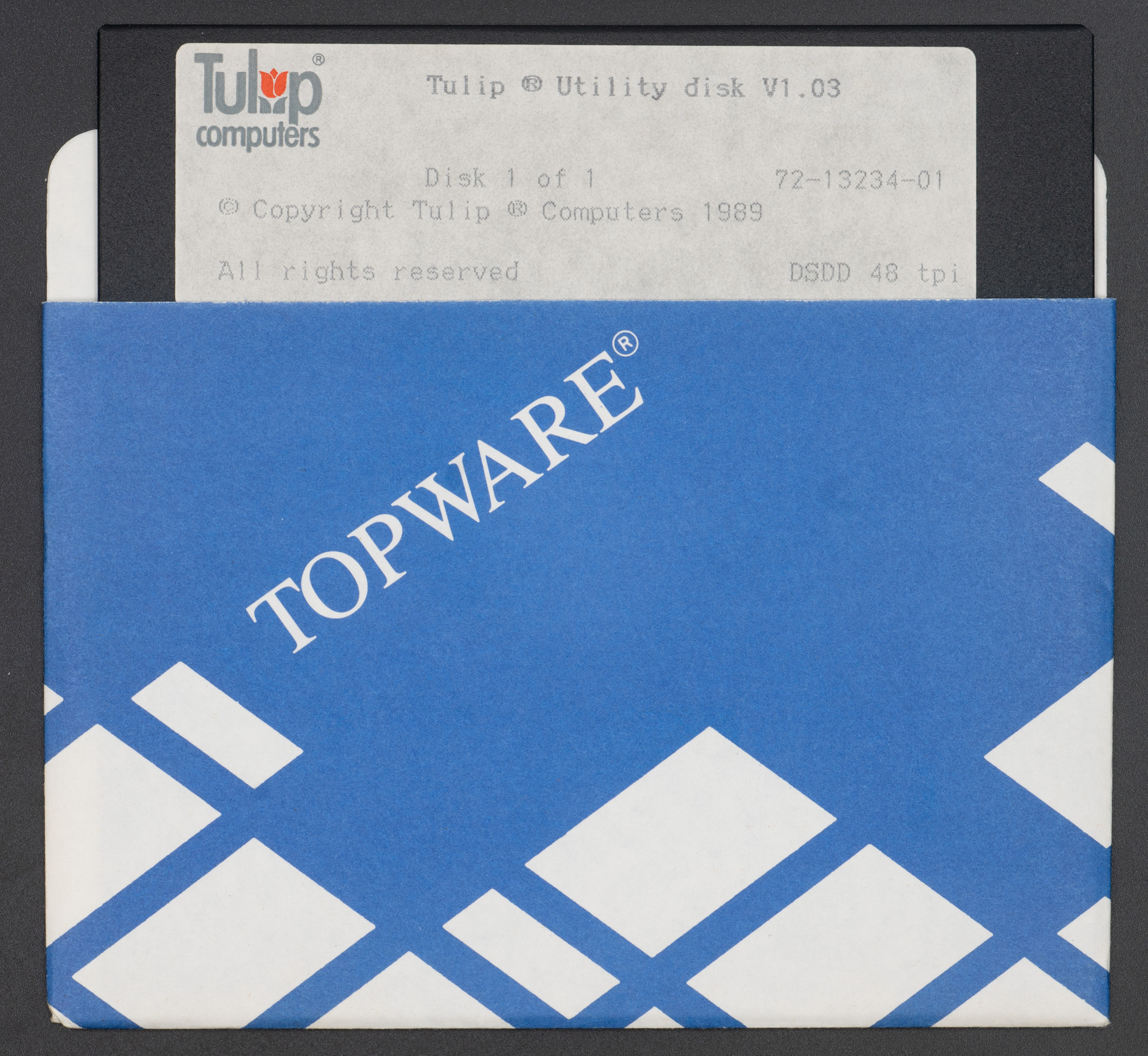
From 2021, these times look very ancient. Whatever is on these floppy disks, my retro-desktop with an under-486 processor at 50 megahertz, with 16 megabytes of RAM and a megabyte video card will be very powerful for such software. I briefly wrote about the drive and the suffering with the installation of jumpers on it in this article. This is a NEC FD1155C, also from 1986, which supports DS / HD format floppy disks (1.2 megabytes). The overwhelming majority of disks from the archive are 720 kilobytes, there are also 360, and at first they were not readable. Resolved by another rearrangement of jumpers to the desired position.

The drive is new but not fully functional. Long-term storage was not survived by two optical sensors. One defines the write protection of the disk, and that's a minor problem. The second sensor monitors the change of the floppy disk:

This makes life a little more difficult: if you change the floppy disk, DOS will display a list of files from the previous media. It would be necessary to change the optocoupler to a working one, but for now I am changing the floppy disks with "re-opening": I turn to the floppy disk in the neighboring 3.5-inch drive in the Dos Navigator file manager. Calling it resets the state of the five-inch device too, and the system reads the file list again.

Floppy disks are generally considered not the most reliable medium, and five-inch historical artifacts are even less likely to be read than 3.5-inch ones. The forums of antiquity lovers discuss both the demagnetization of floppy disks over time, and the downed calibration of the drives, due to which the data is reliably read only where it was written. The Spectrum software cassettes are better preserved. I started processing the archive just with the definition - what is generally read. Out of about 60 floppy disks, two dozen were read. Perhaps the reliability of reading will be improved by using an older drive, the DS / DD format.
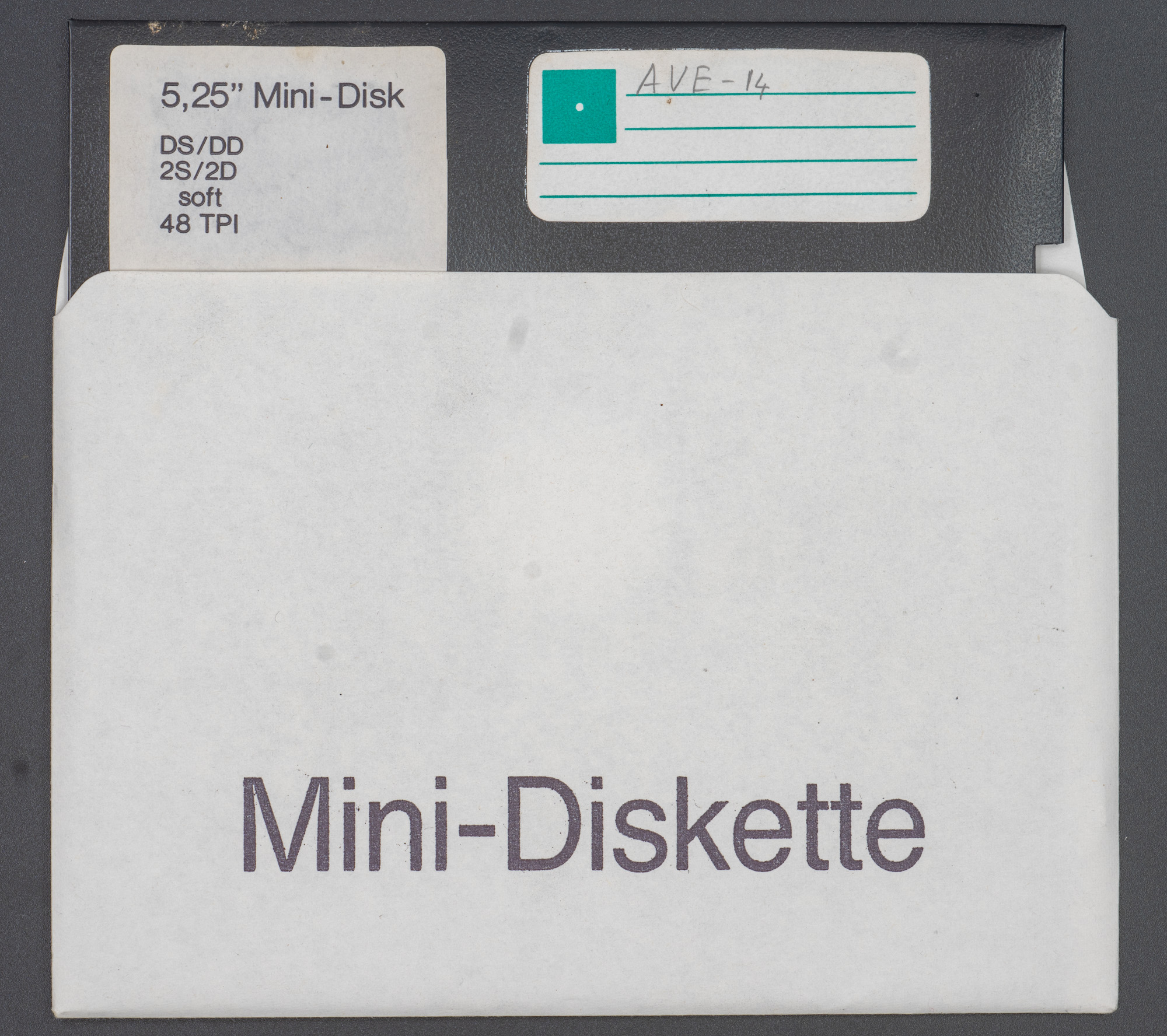
Interestingly, some 5-inch floppy disks are called "mini-disks". These are not the minidiscs that I collect, but simply a nod to the even larger 8 "floppy discs.

There are few (alas, not readable) branded floppy disks for some Philips special equipment.

Branded floppy disks for the Olivetti M240 computer (8086 at 10 MHz) and the Tulip desktop at 80286. Let's start the review with utilities, for example, with a benchmark showing the performance of the processor relative to the original IBM PC.
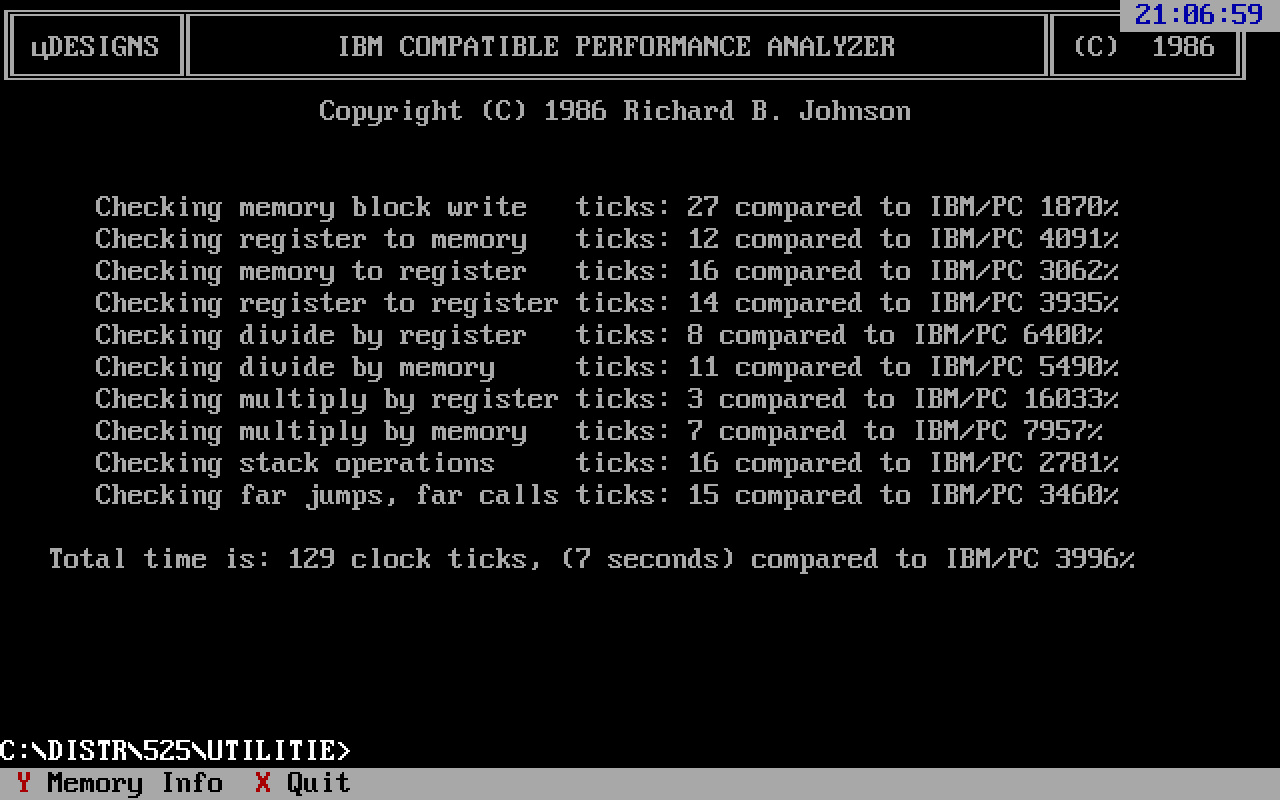
There is also a program for testing the performance of hard drives, which shows excellent results for my flash card:
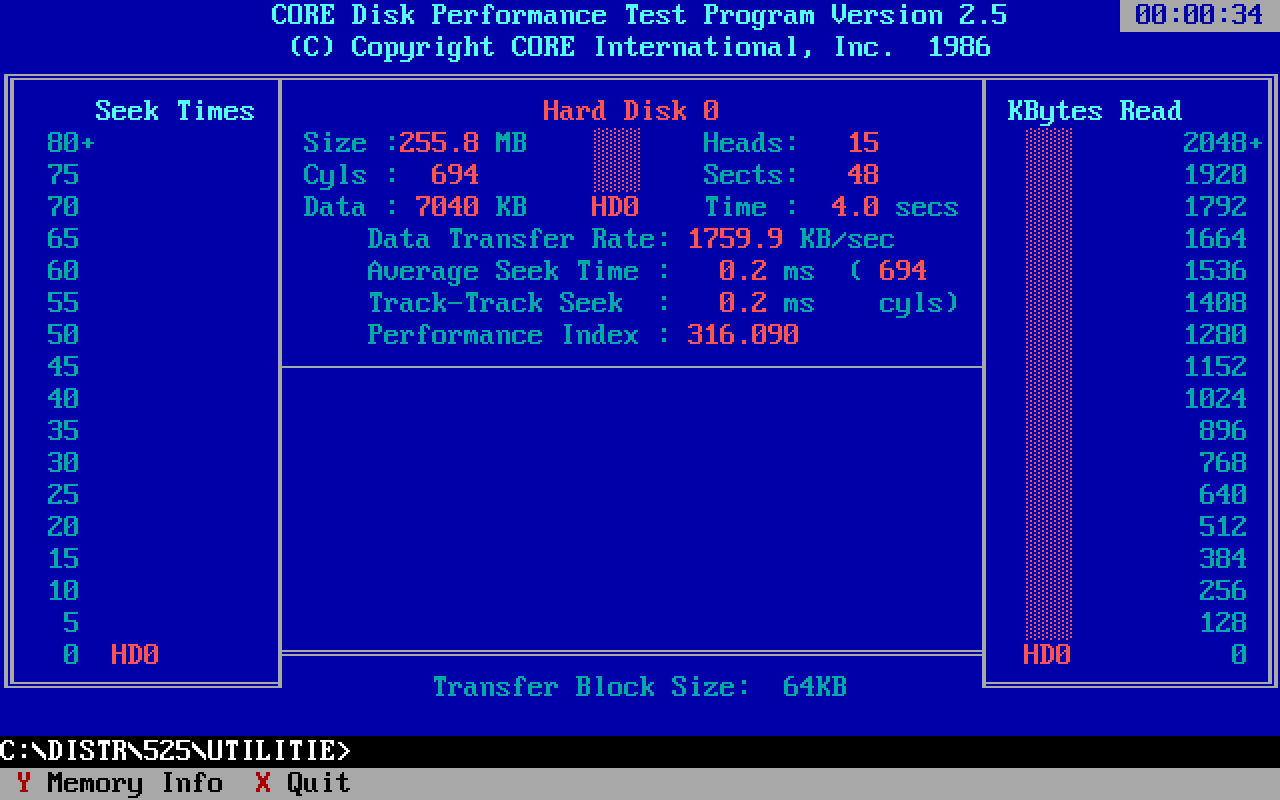
But the most interesting program here is the joke "you have water in the drive". At startup, the program buzzes with a drive and sounds this process quite realistically with the sounds of water draining through the PC Speaker:

True, the realism of sounds is achieved only on 8086 processors, on my computer the playback is accelerated several times.

The ancient version of the Memtest utility allows detecting defective memory chips, but expects a standard memory configuration on an IBM PC with an expansion card, while a modern computer (1991!) Hangs up.

Three floppy disks are from the Dutch Tofware program catalog. In such subscriptions, distributed on floppy disks by mail, you can find something either interesting or strange (or both). The diskettes contain self-extracting archives. There was discovered rudimentary poker in Dutch:
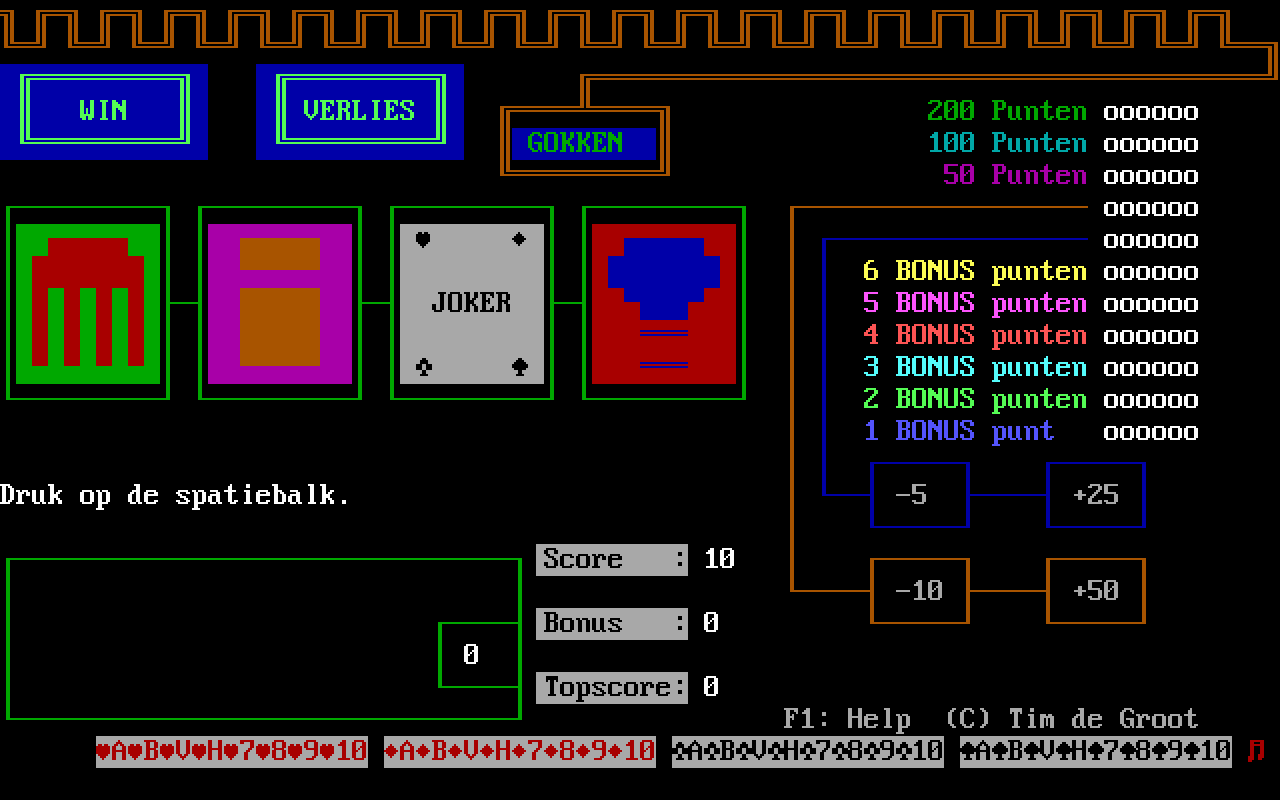
A program for constructing horoscopes, a graphic editor (almost all programs of this kind work in CGA mode), and a very strange Brainscape quest:
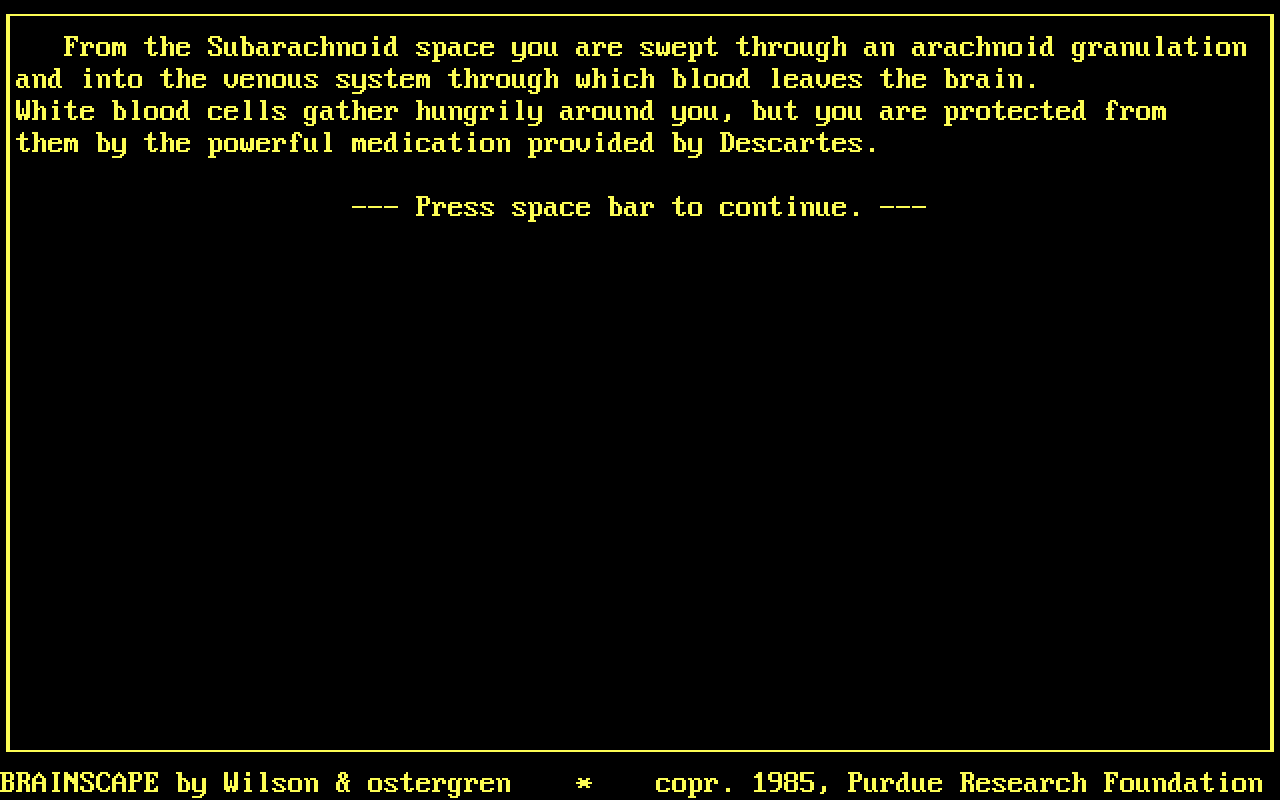
And a shareware version of a very useful program for composing, uh, emoji?
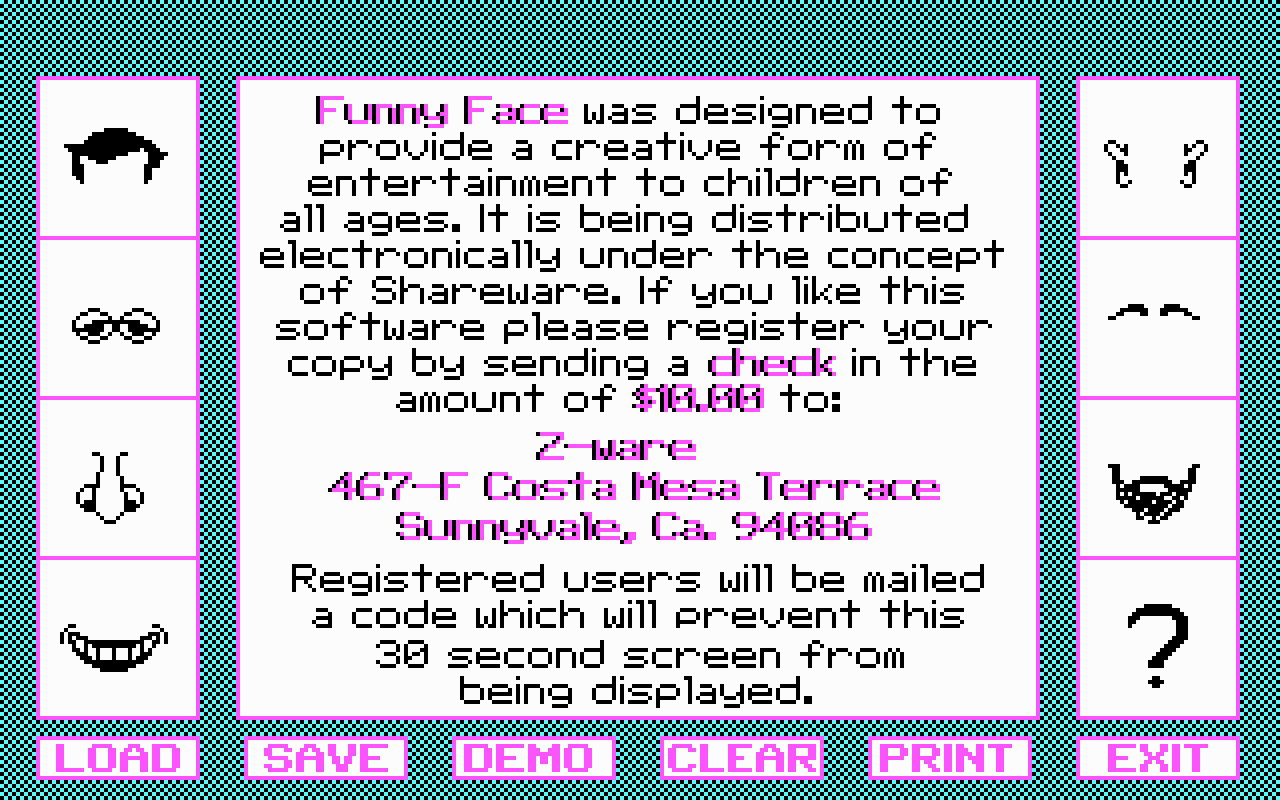
From the office and system software in the collection, I came across the WordPerfect editor, as well as an extremely unusual (compared to the usual Norton Commander) PC Shell file manager:

Corefast backup software:

And a simple in-touch address book. This is the freshest software in the archive - 1994.
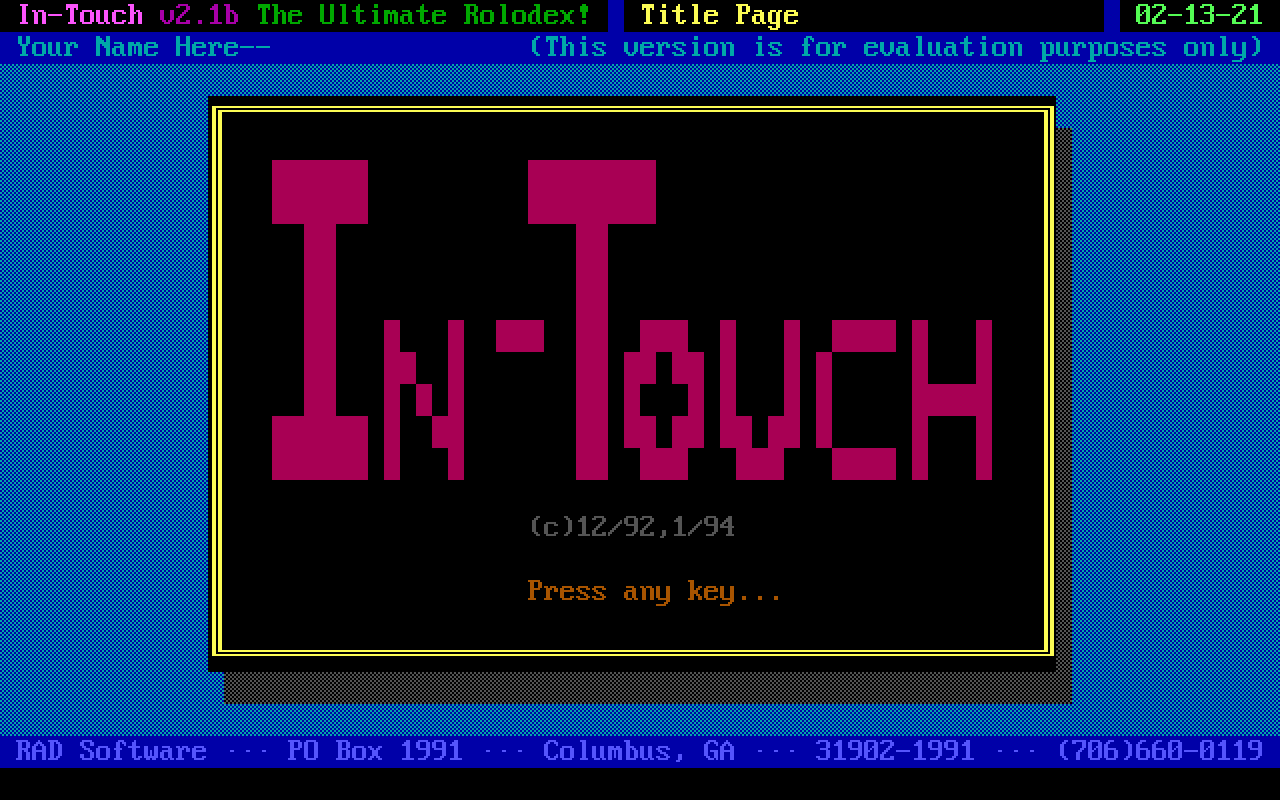
On a separate diskette there is a previously unknown Power Meter benchmark. There is a database of measurements of different computers, up to the early 486.

The performance of my computer, as expected, turned out to be "slightly below 486" and noticeably faster than the 8086 and 80286 typical of the late eighties:

One of the two games I came across is Leasure Suit Larry and The Land Of The Lounge Lizards:

This is the first game in the Larry Lafer series, released in 1987. When launched, the game (like the following editions) asks to confirm your age by answering a few questions. The questions at that time had obvious answers to everyone except babies. Now this is no longer the case: we still need to remember who O. Jay Sipmson or Angela Davis are. The game was clearly loved: I came across three copies of the game, and a couple of floppy disks with saves.

I'll end the review with simpler games. Hangman:

Bricks. Almost the only program with mouse support:

Pitfall:

And one more Castle text quest:
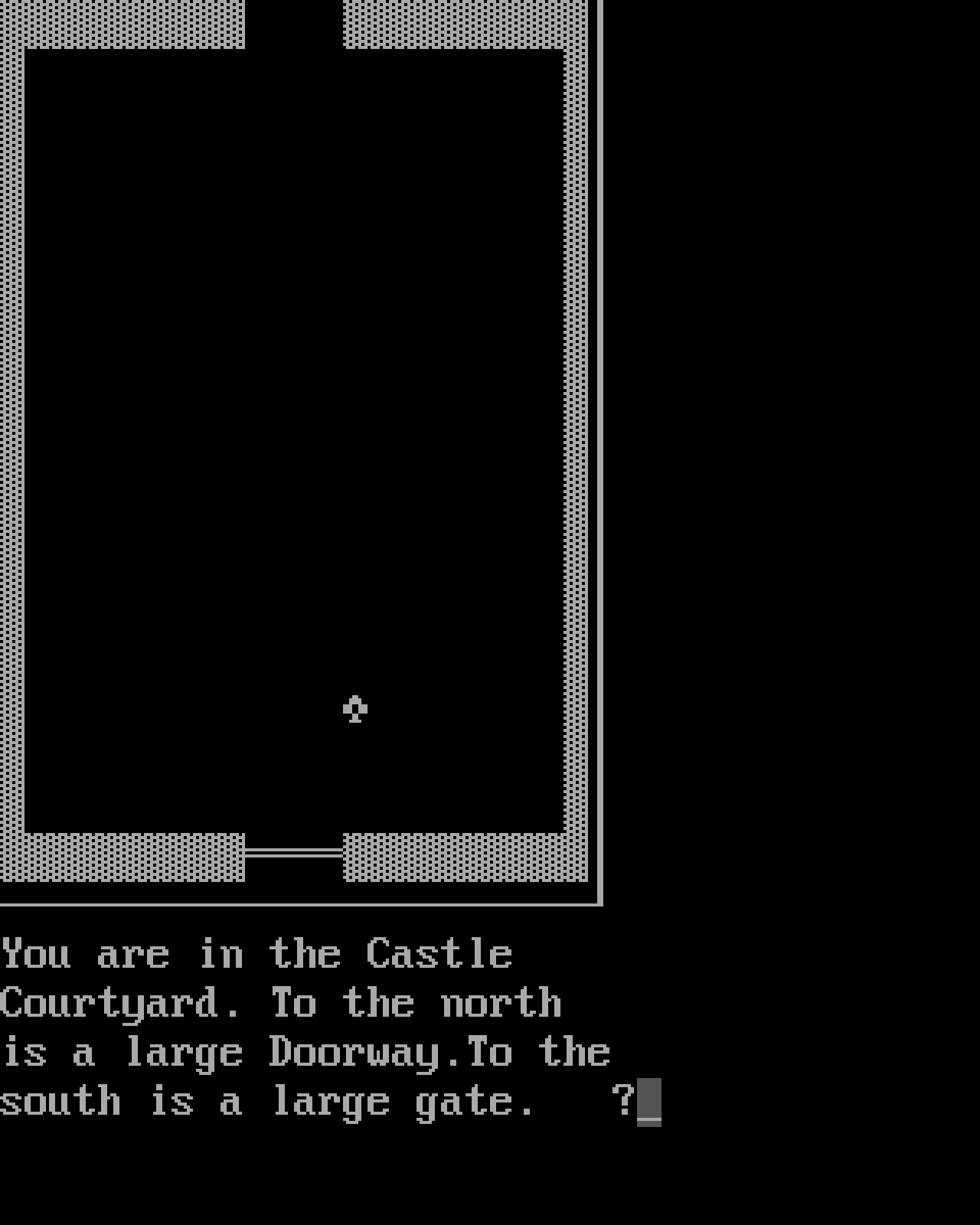
Unlike the archives of its own software from the early 2000s, floppy disks from the eighties and early nineties evoke the feeling of harsh archaeological excavations. Just reading floppy disks is already a feat, so you also need to figure out what exactly was read. The problem of too high processor speed arose in full growth - some games and software do not work correctly, and you need to experiment with the turbo button. Finally, these are artifacts from the era of the early IBM PC, which I did not know personally. With very basic graphics, unfamiliar interfaces. Maybe not ancient times, but definitely the Middle Ages of computer art. Excavations will continue: it seems that some of the disks were actually recorded on an Amiga computer, I came across a utility for working with this format. It is advisable to somehow improve the percentage of successfully read floppy and try to work with programs,reading data sector by sector. And thus, piece by piece, collect a working environment for the old IBM PC, in the form in which it was abandoned a quarter of a century ago.